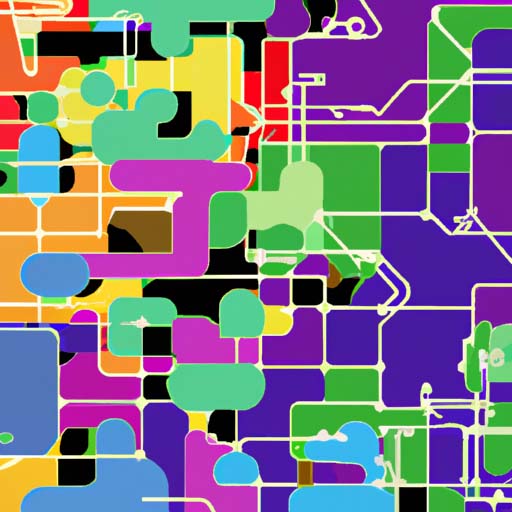- Green software, which is energy and hardware efficient and carbon aware, can significantly reduce emissions and improve efficiency, resilience, and cost-effectiveness, according to Asim Hussain, the director of green software and ecosystems at Intel.
- Green software development needs a culture change within enterprises, with behavior change a key driver to making software more energy efficient, more hardware efficient, and more carbon aware.
Asim Hussain, the director of green software and ecosystems at Intel, asserts that developers must consider the environmental impact of their applications just as they would consider their security, speed, and cost-effectiveness. Considering himself an advocate of green software, Hussain also chairs the Green Software Foundation which aims to establish a sustainable software development ecosystem. Here, Hussain outlines the three pillars of green software; energy efficiency, hardware efficiency, and carbon awareness. More efficient use of hardware and energy consumption can significantly reduce emissions. Carbon-aware computing, which prioritizes renewable energy sources over fossil fuels, can improve efficiency without compromising performance.
Hussain emphasizes that green software should not equate to substandard performance. On the contrary, “Being green in the software space means being more efficient, which translates almost always to being faster,” says Hussain. Instituting green software necessitates not just a change in procedures but also a cultural shift within a business. Although regulations and ESG targets can drive this change, Hussain says a shift in mindset can bring about the most significant forward strides.
Since software developers and engineers already have the knowledge and tools to make significant changes, Hussain believes that businesses and organization leaders need to explicitly communicate their commitments and endorse efforts within their teams to make software more energy efficient, more hardware efficient, or more carbon aware. He is optimistic and excited about the future of green software development and adoption in the next three to five years.
